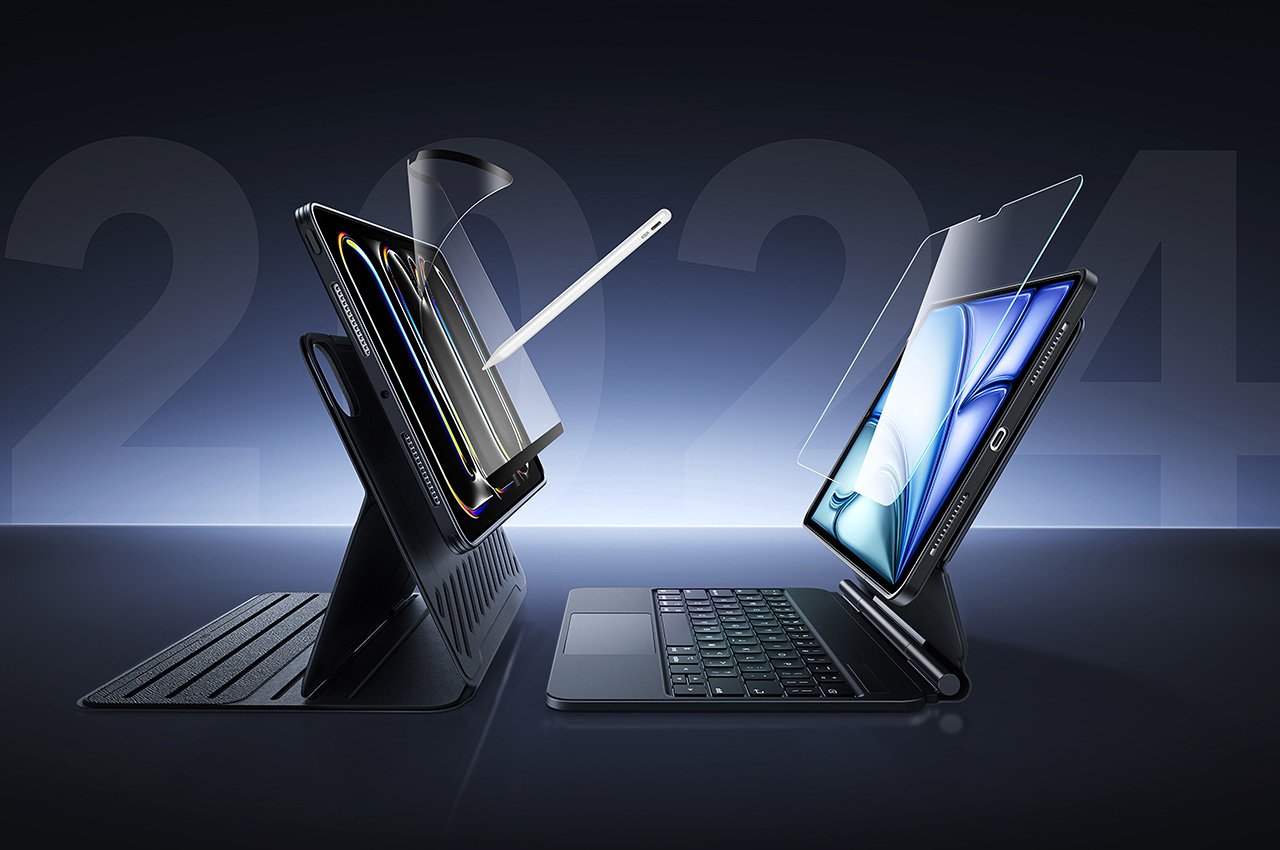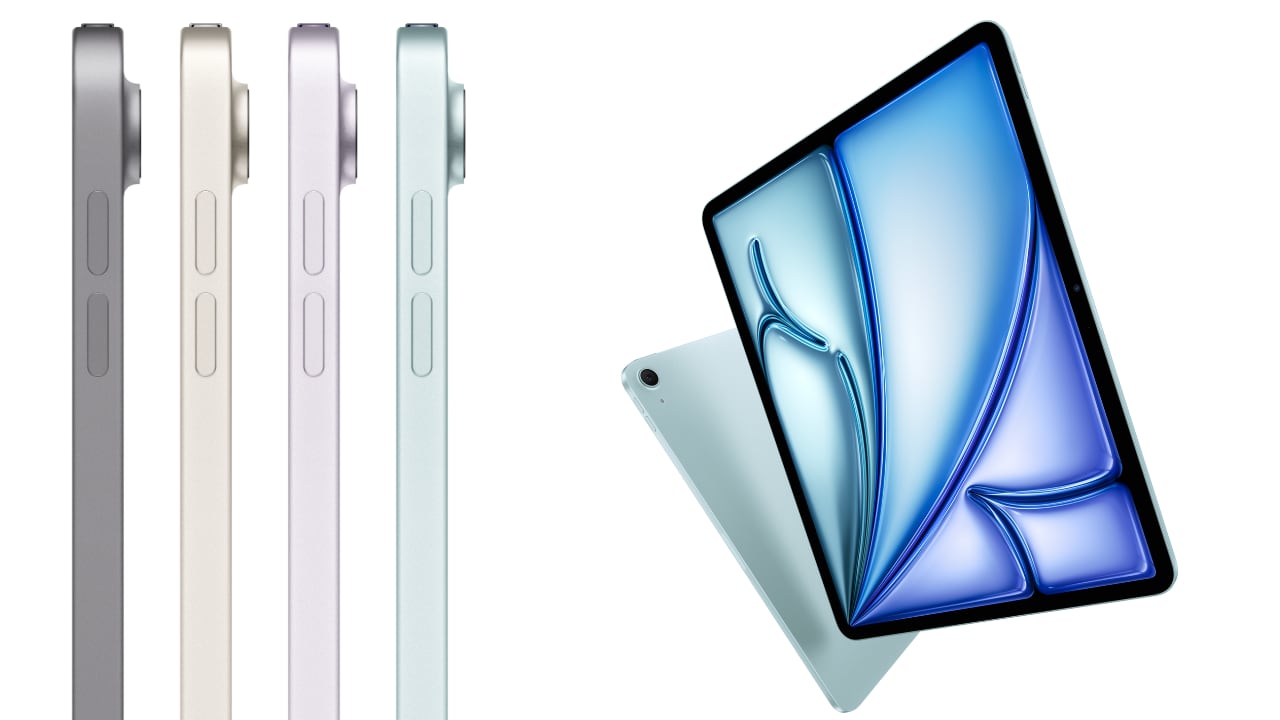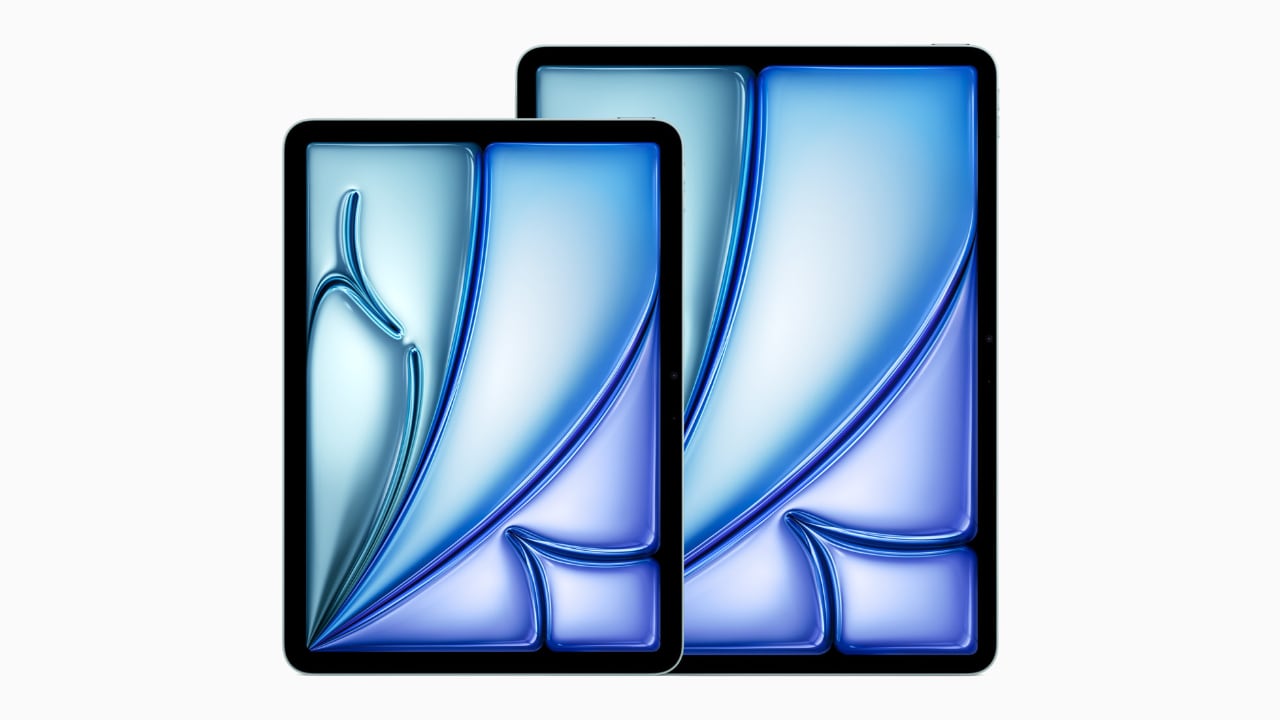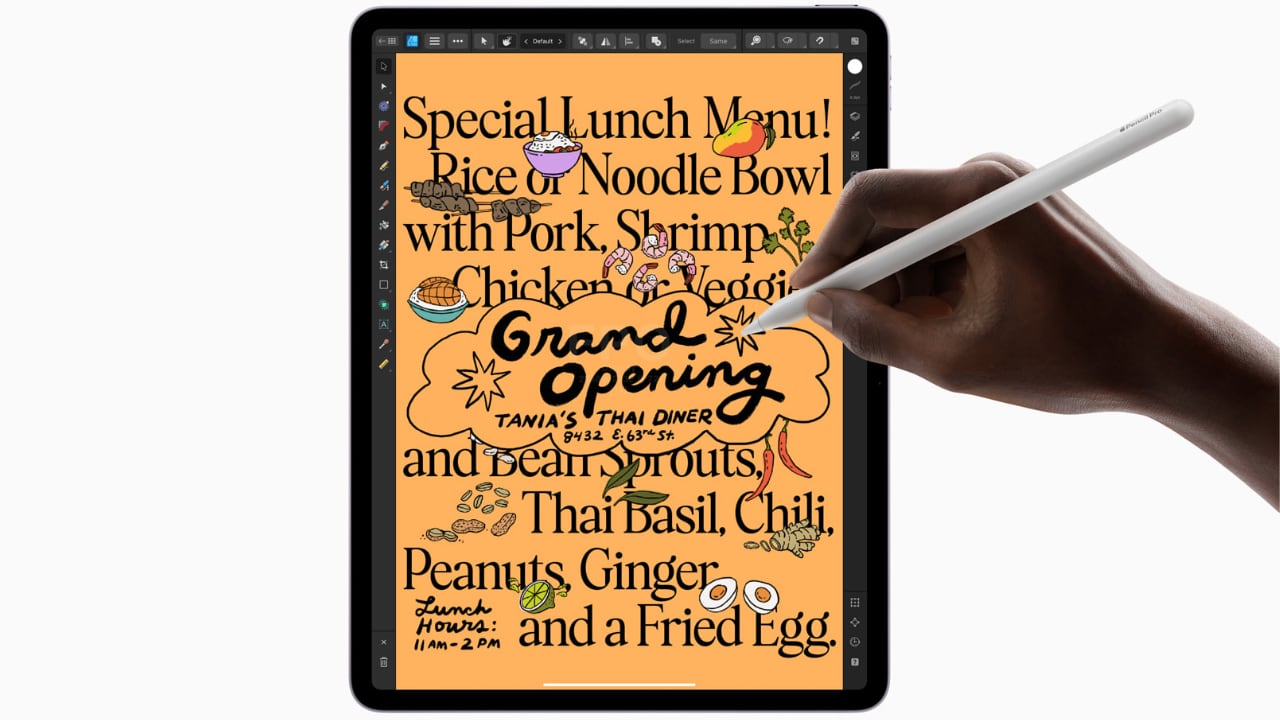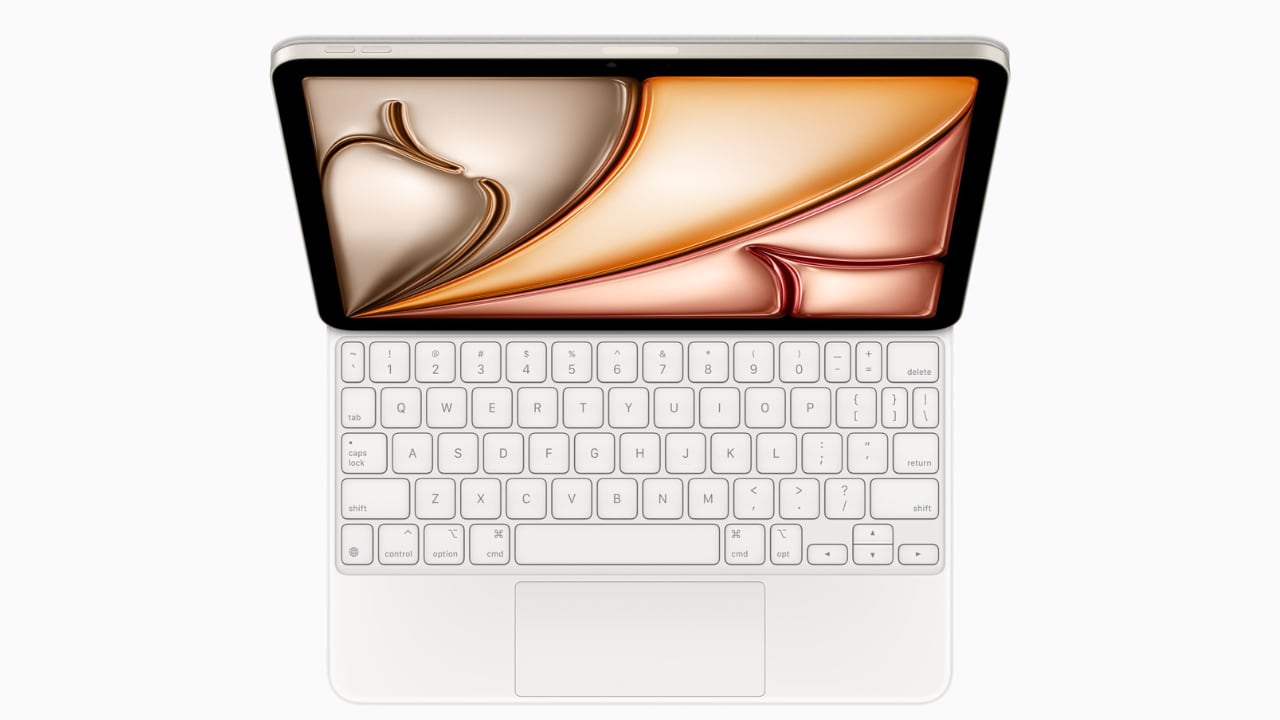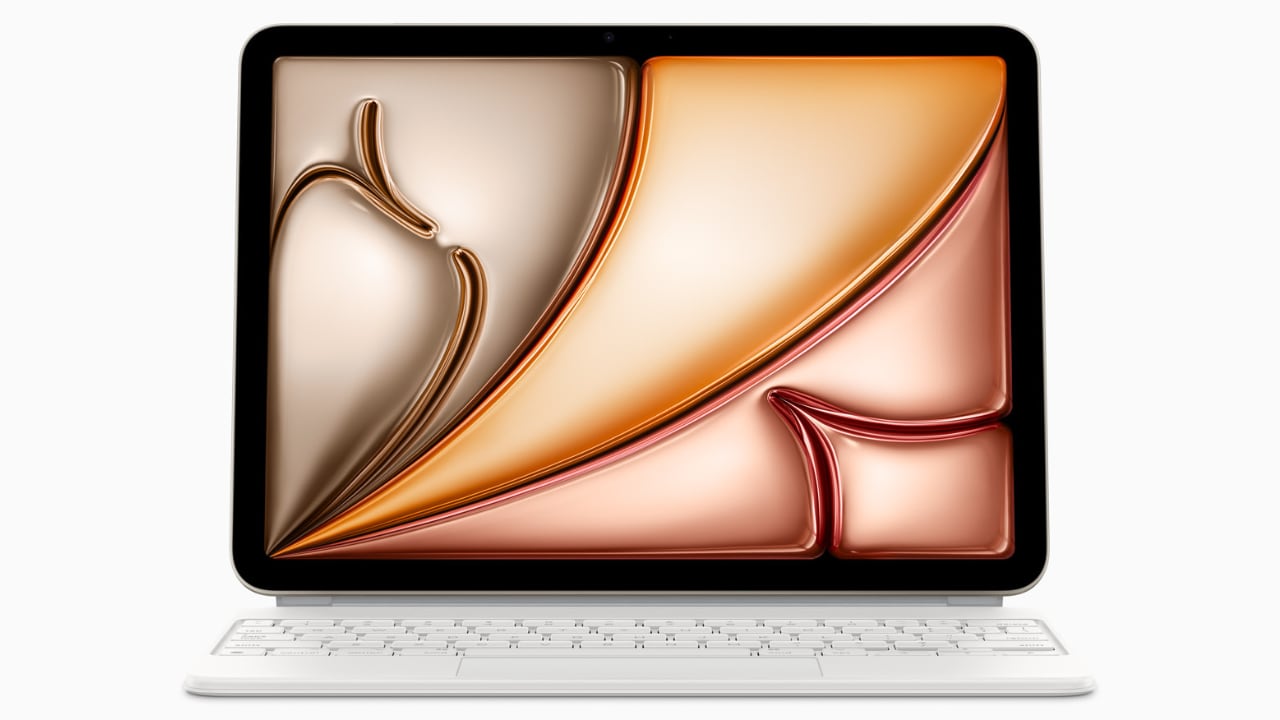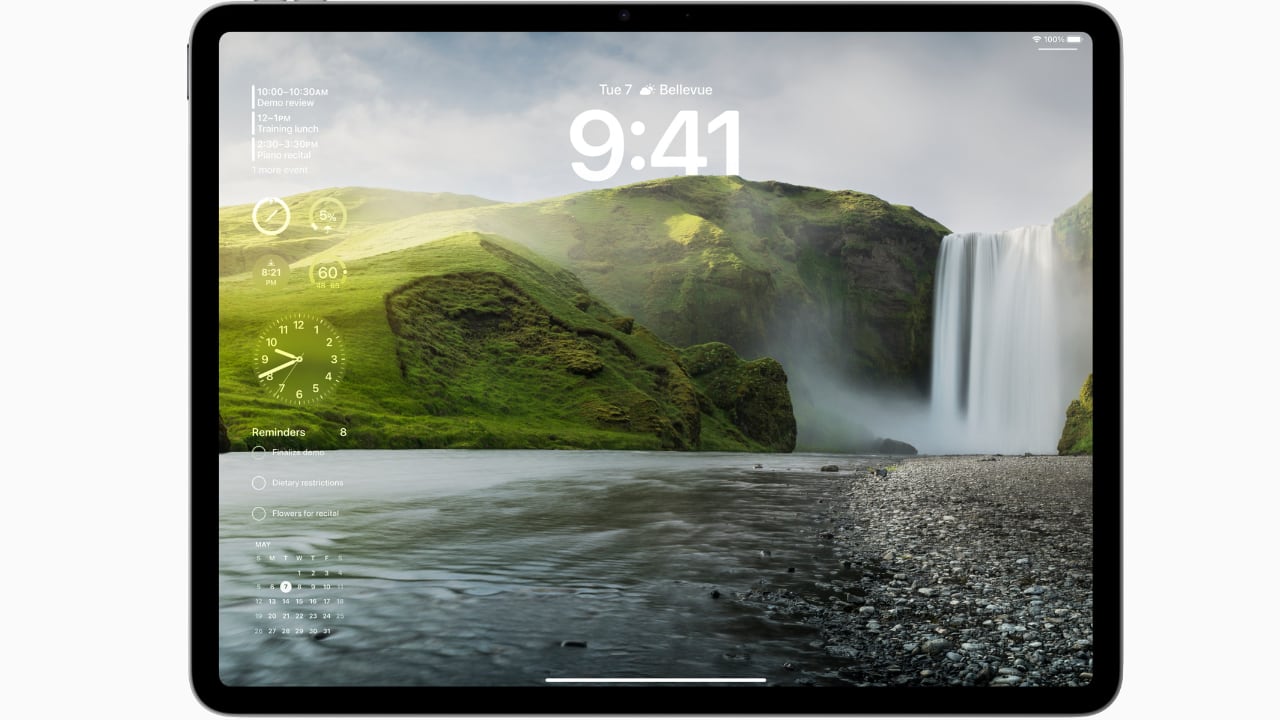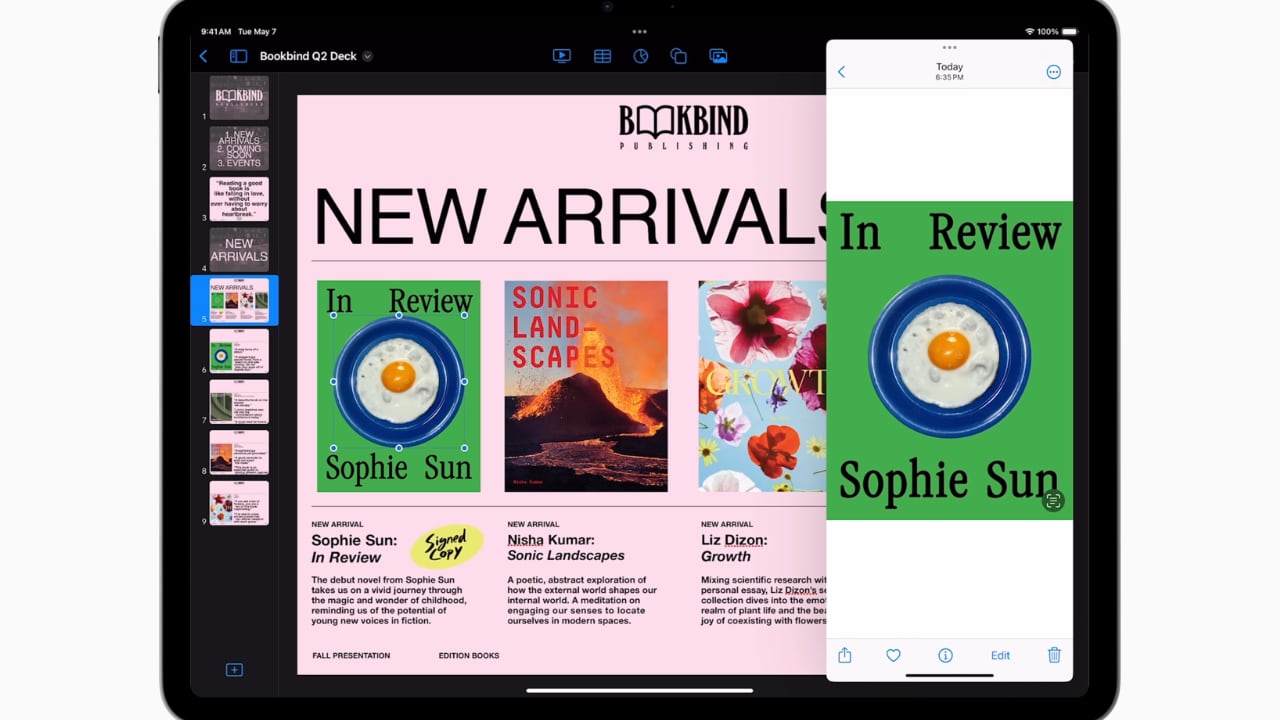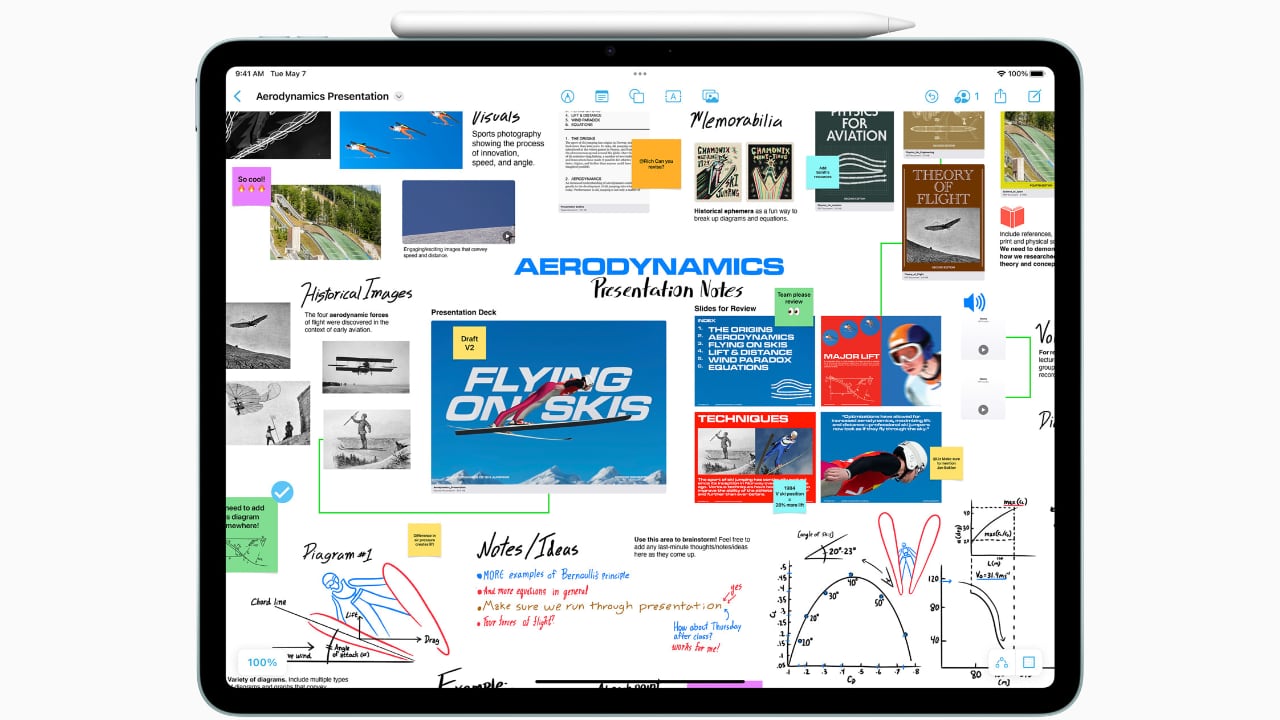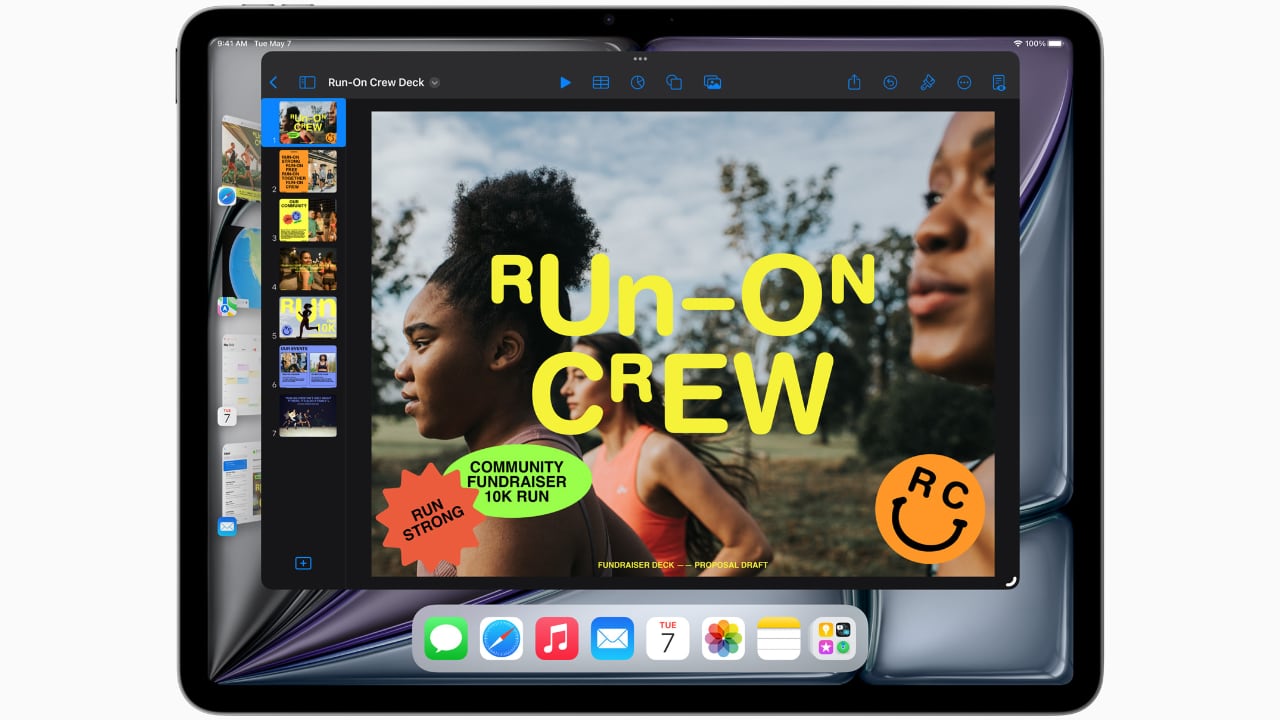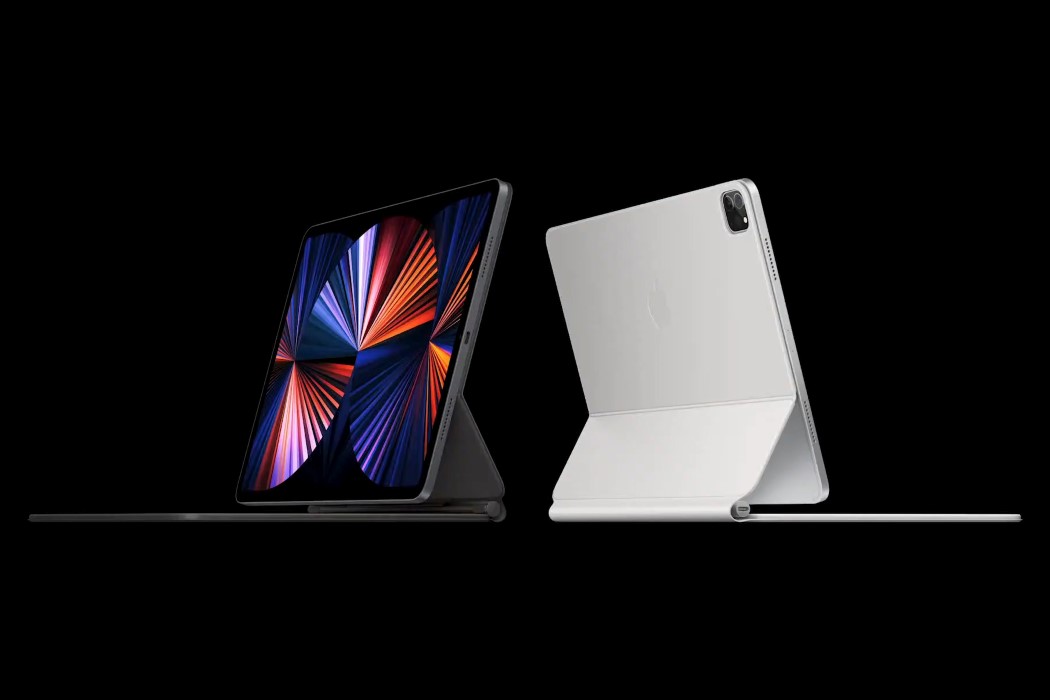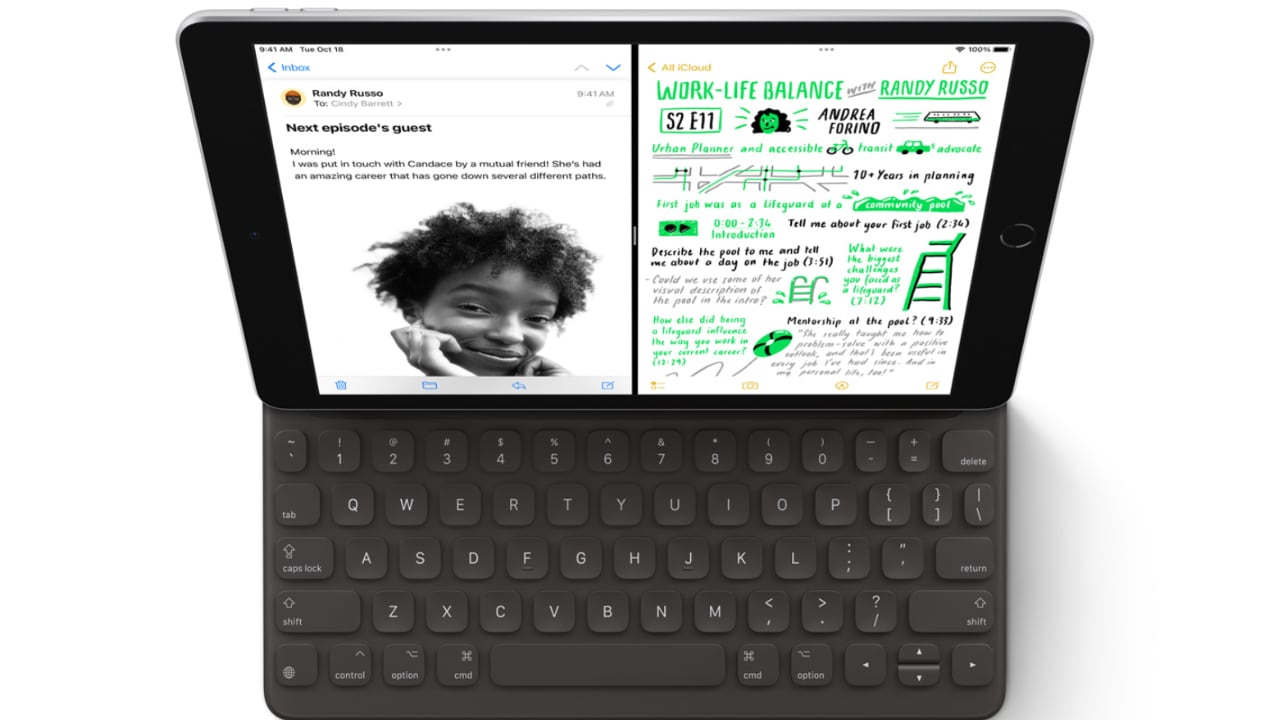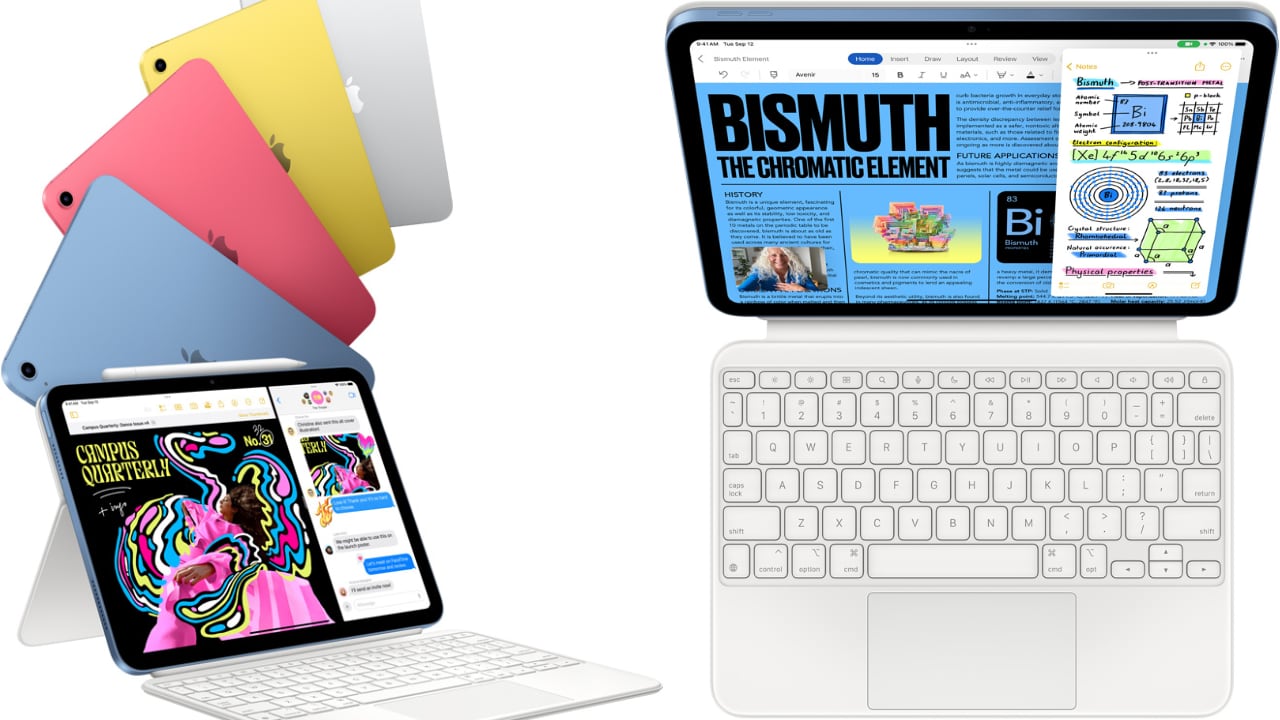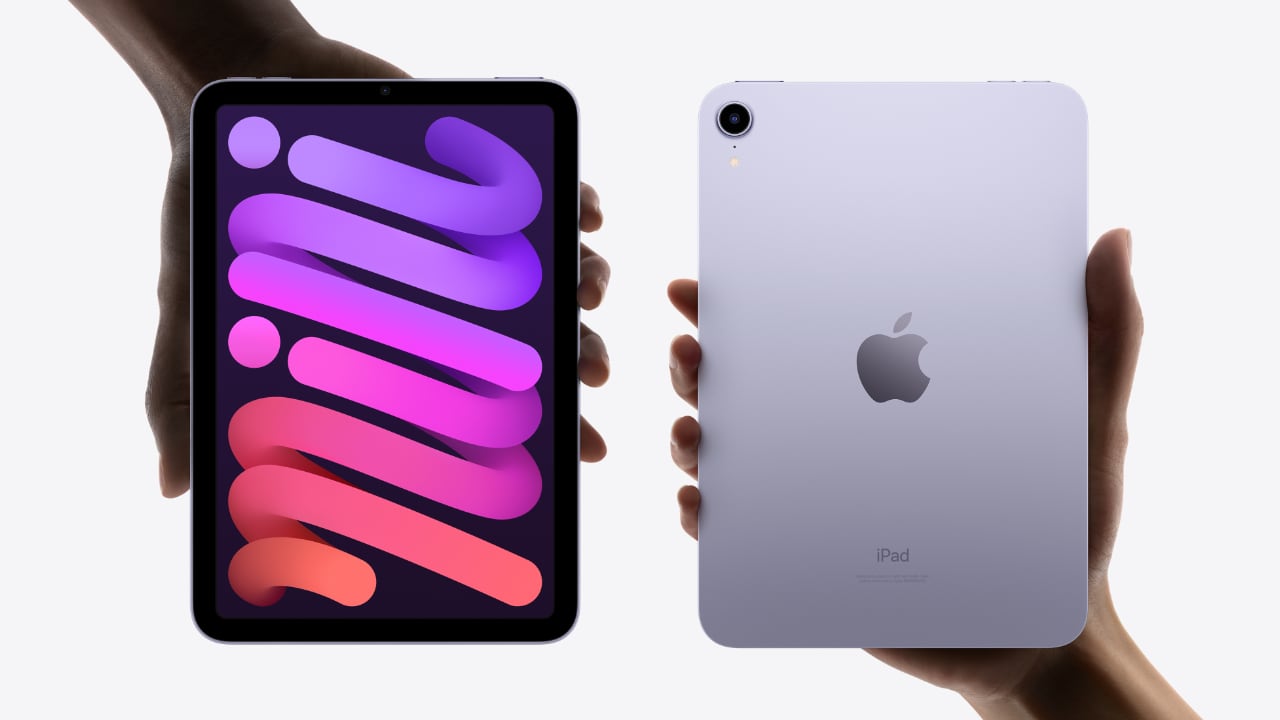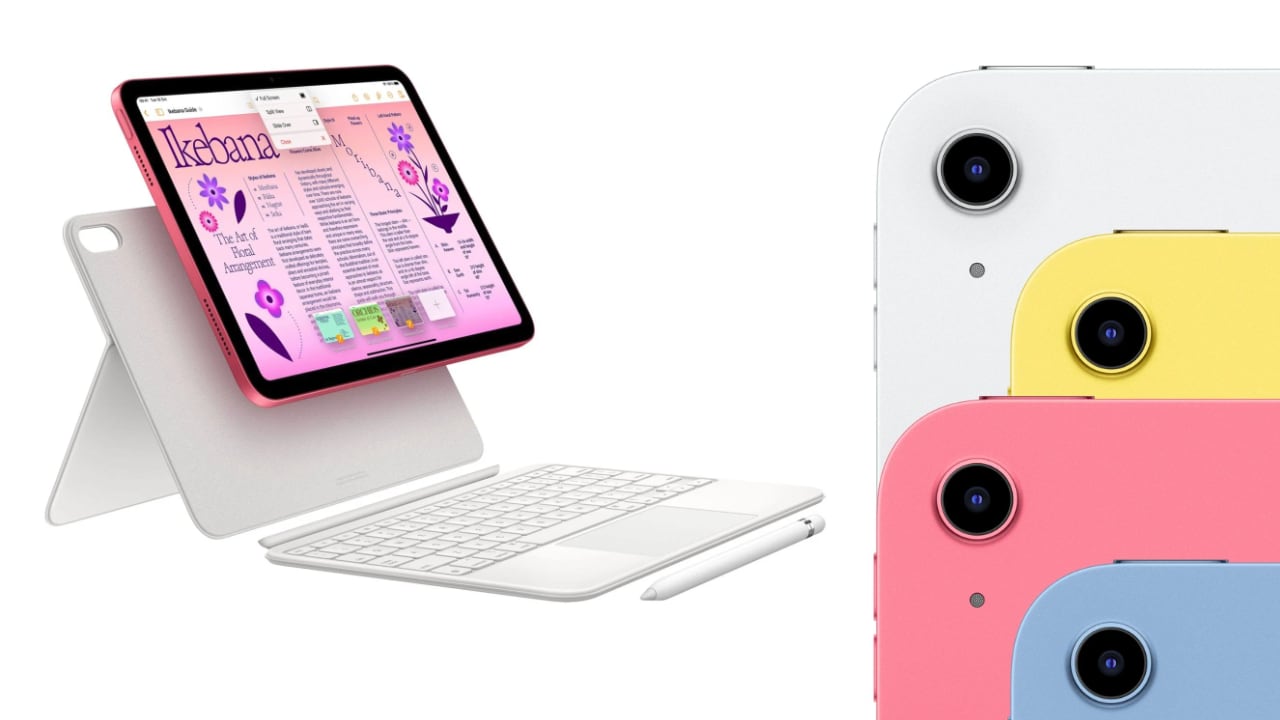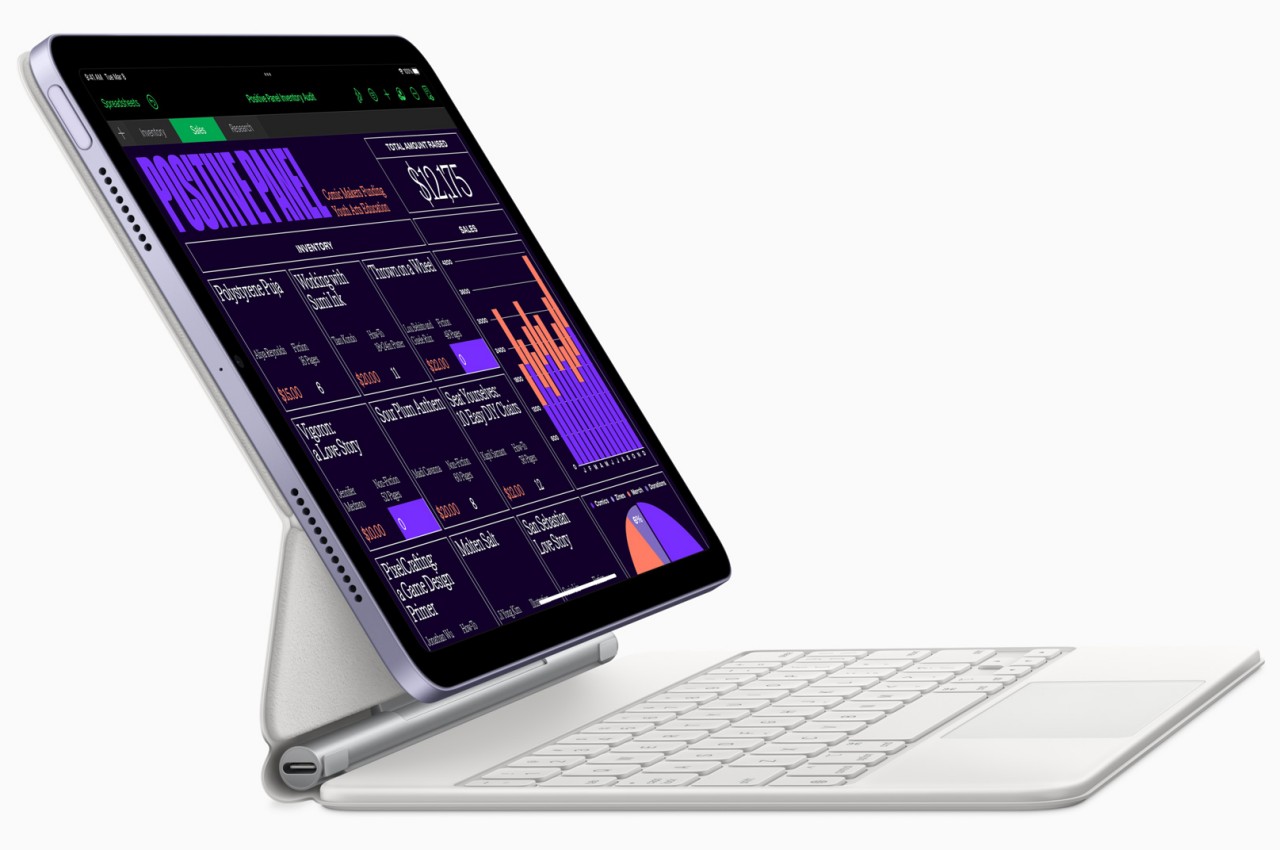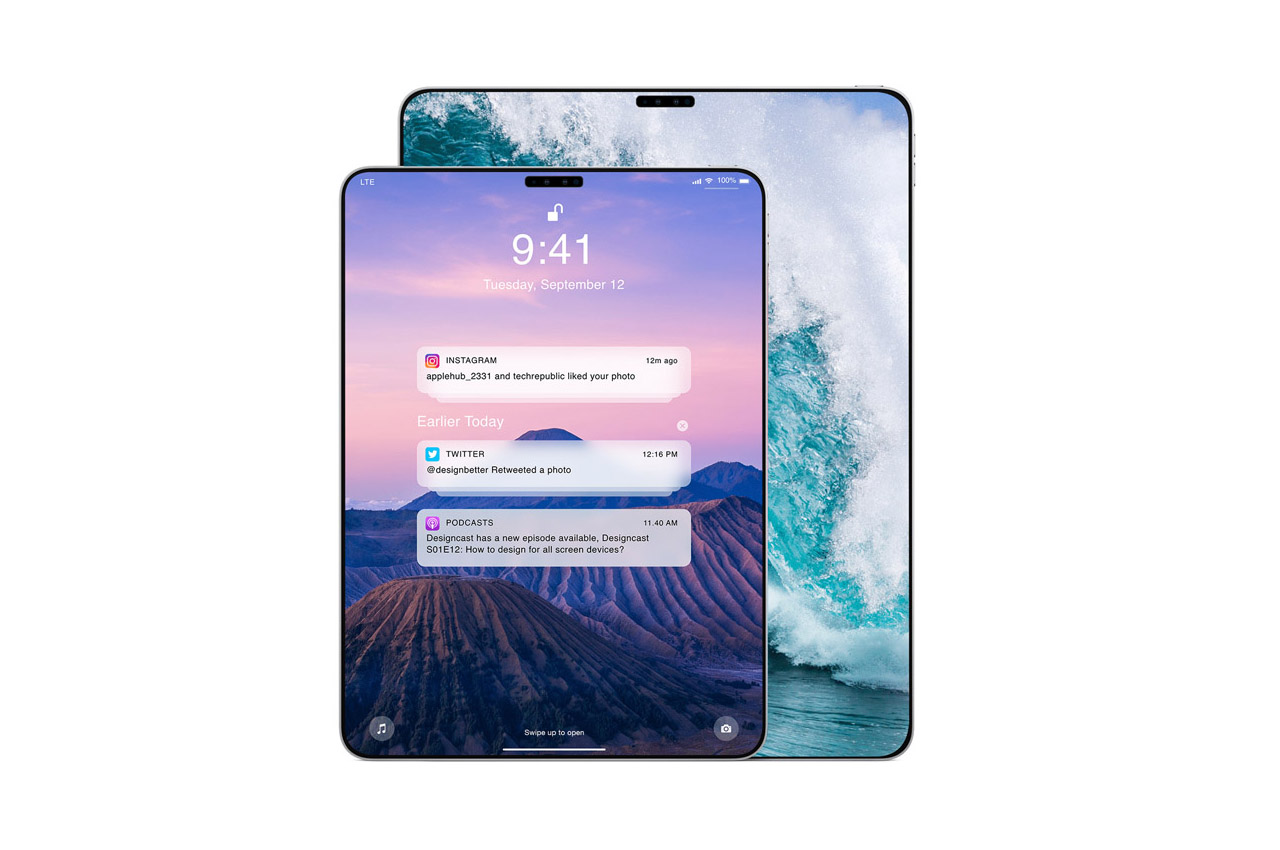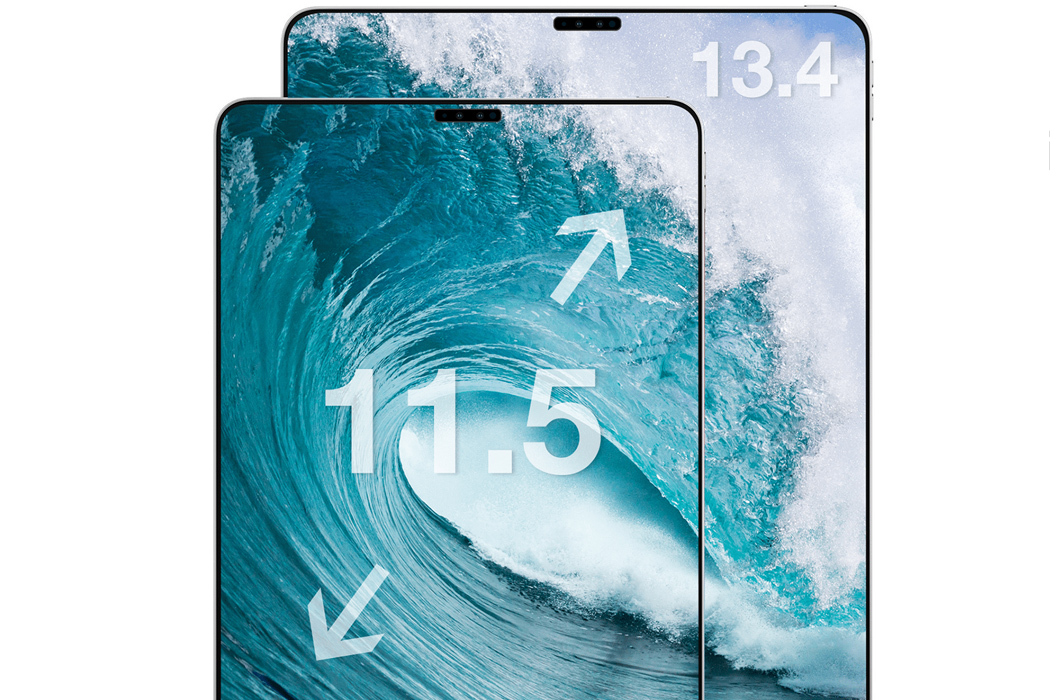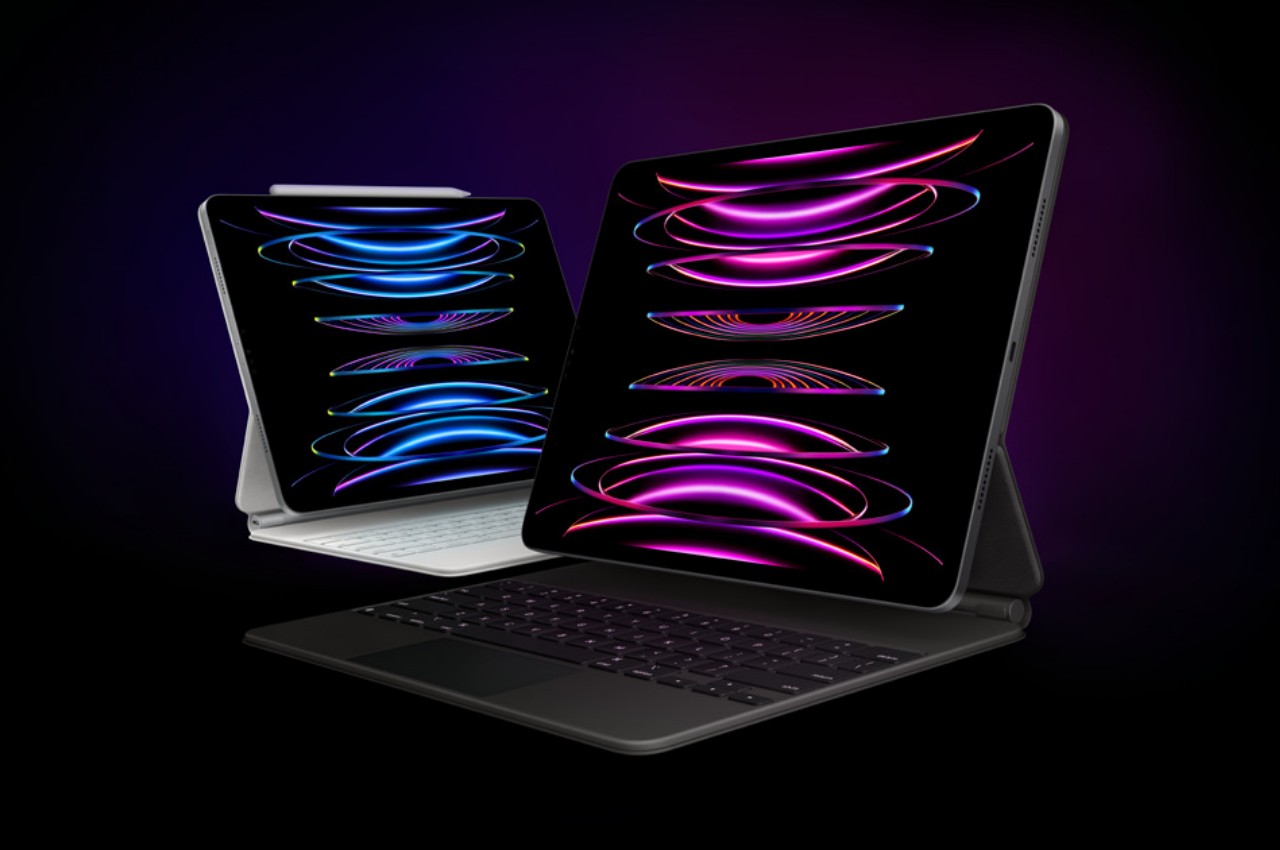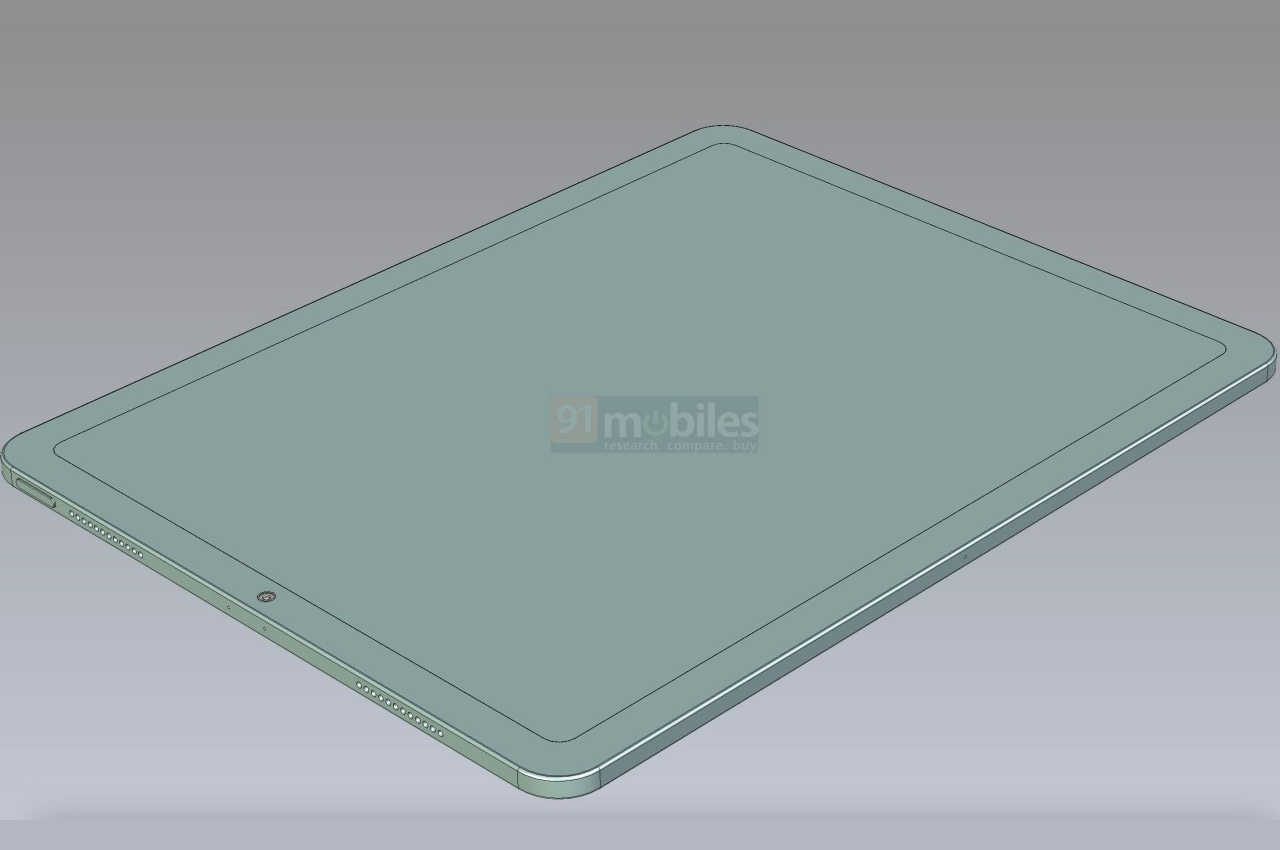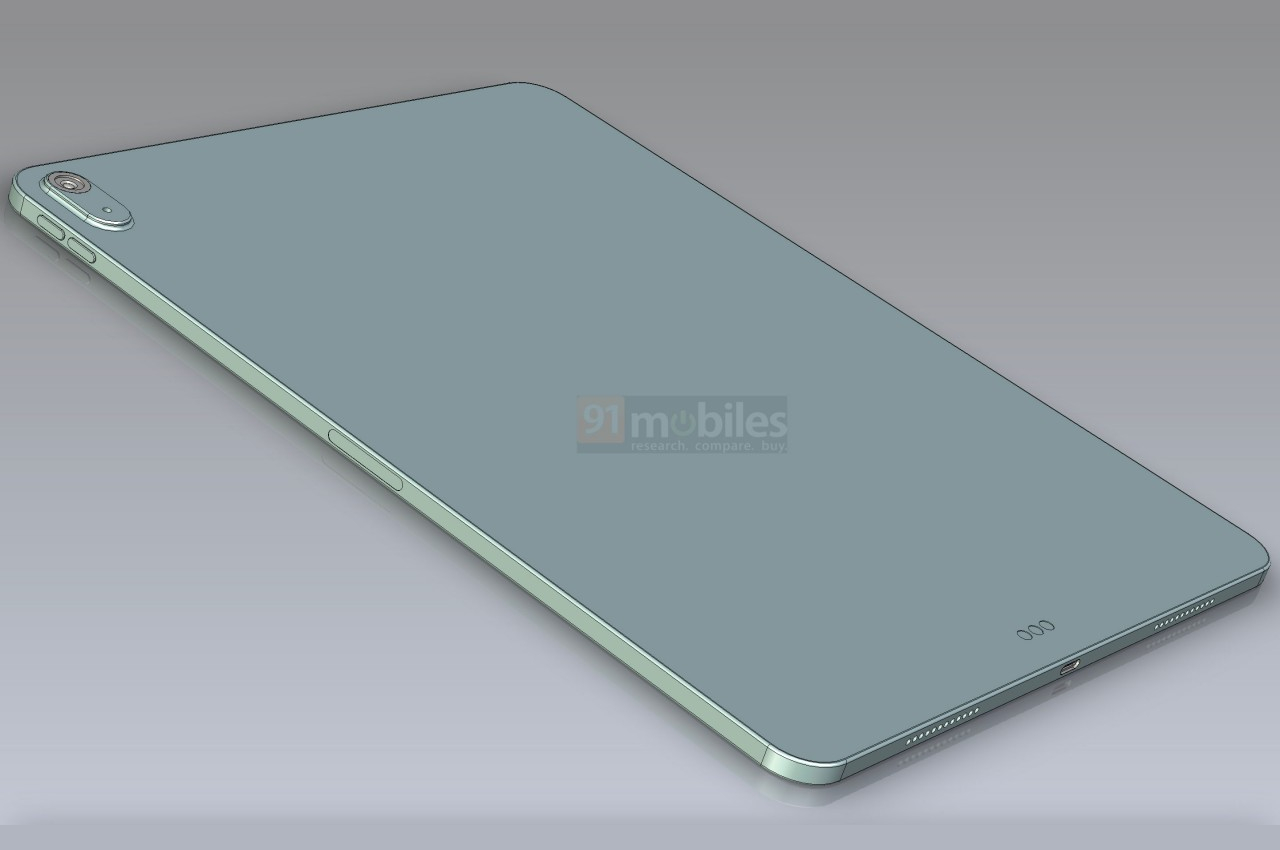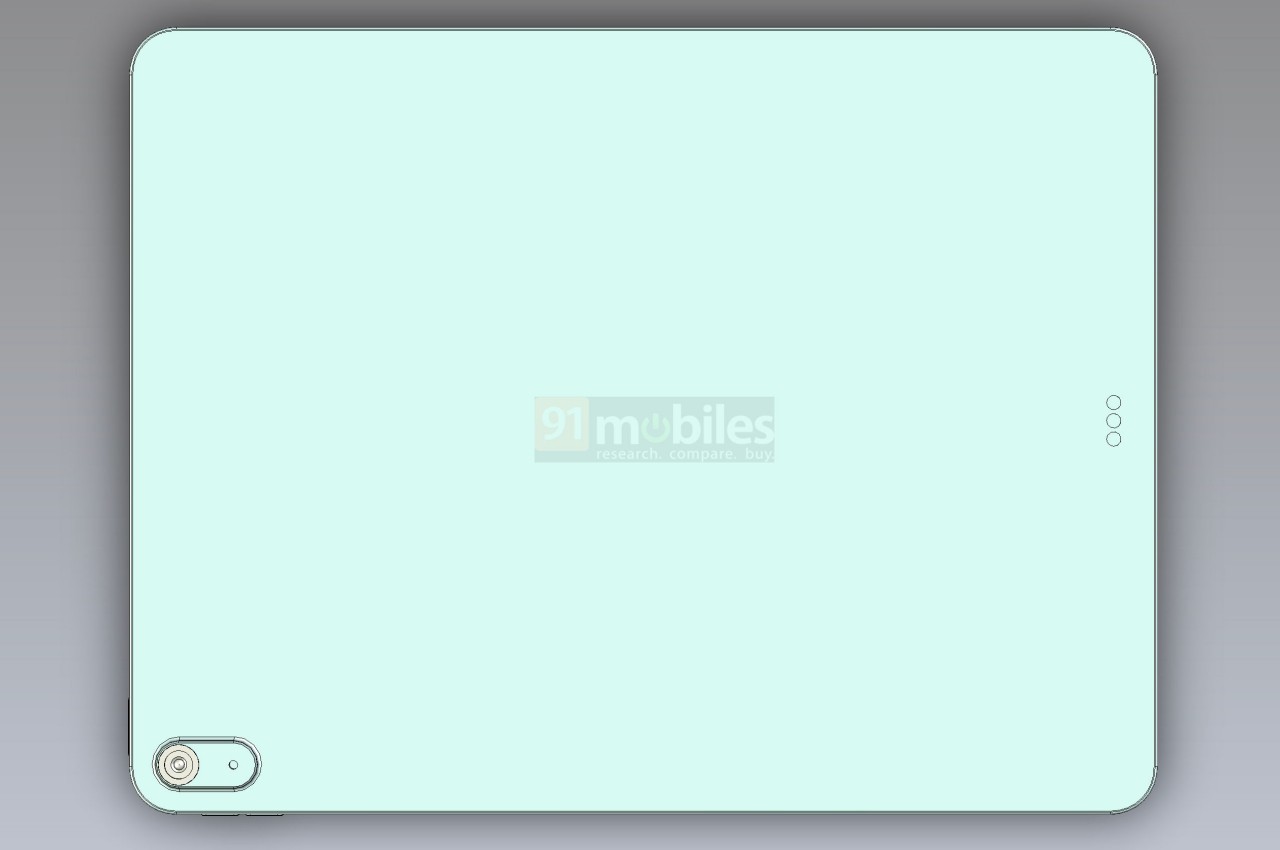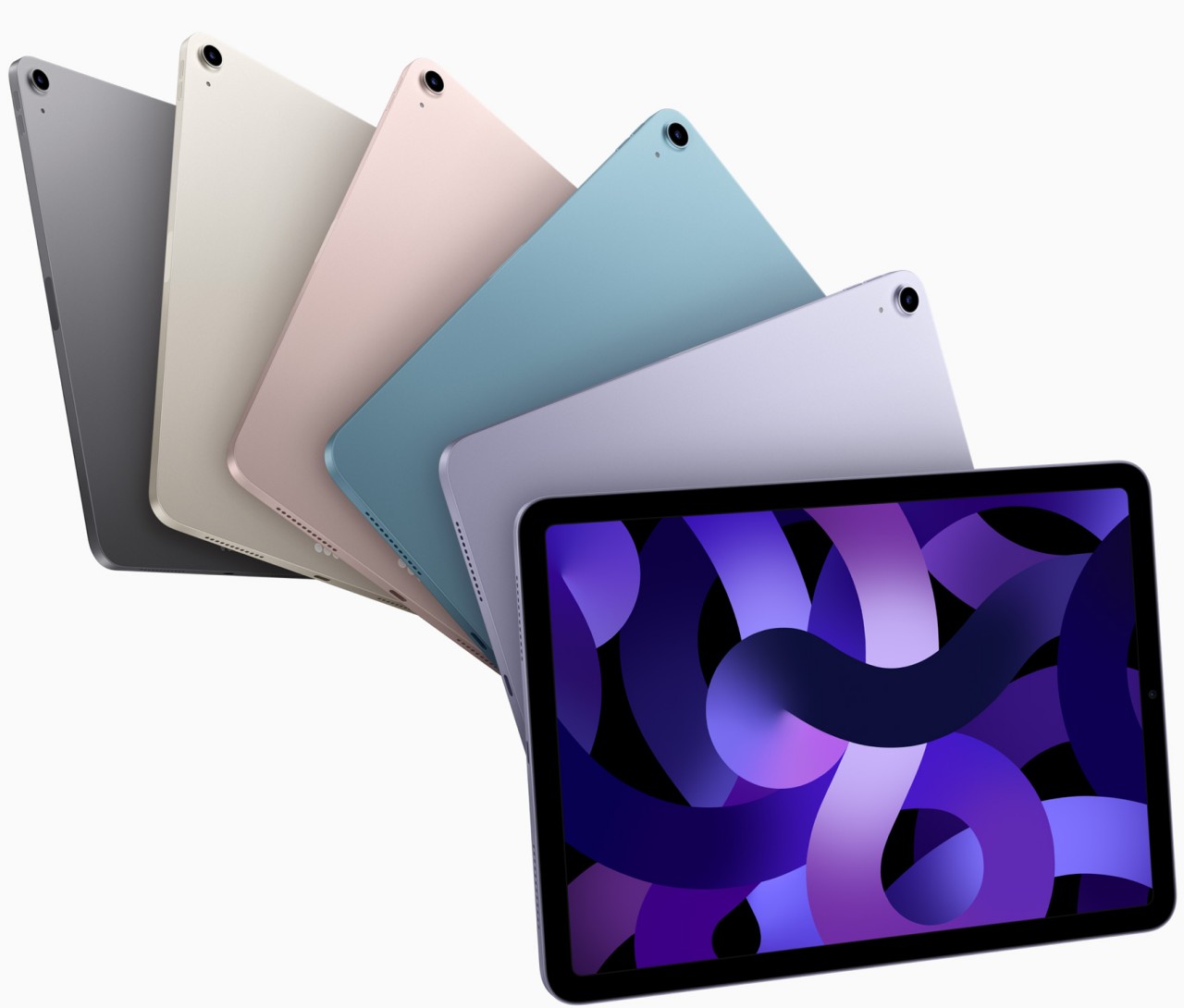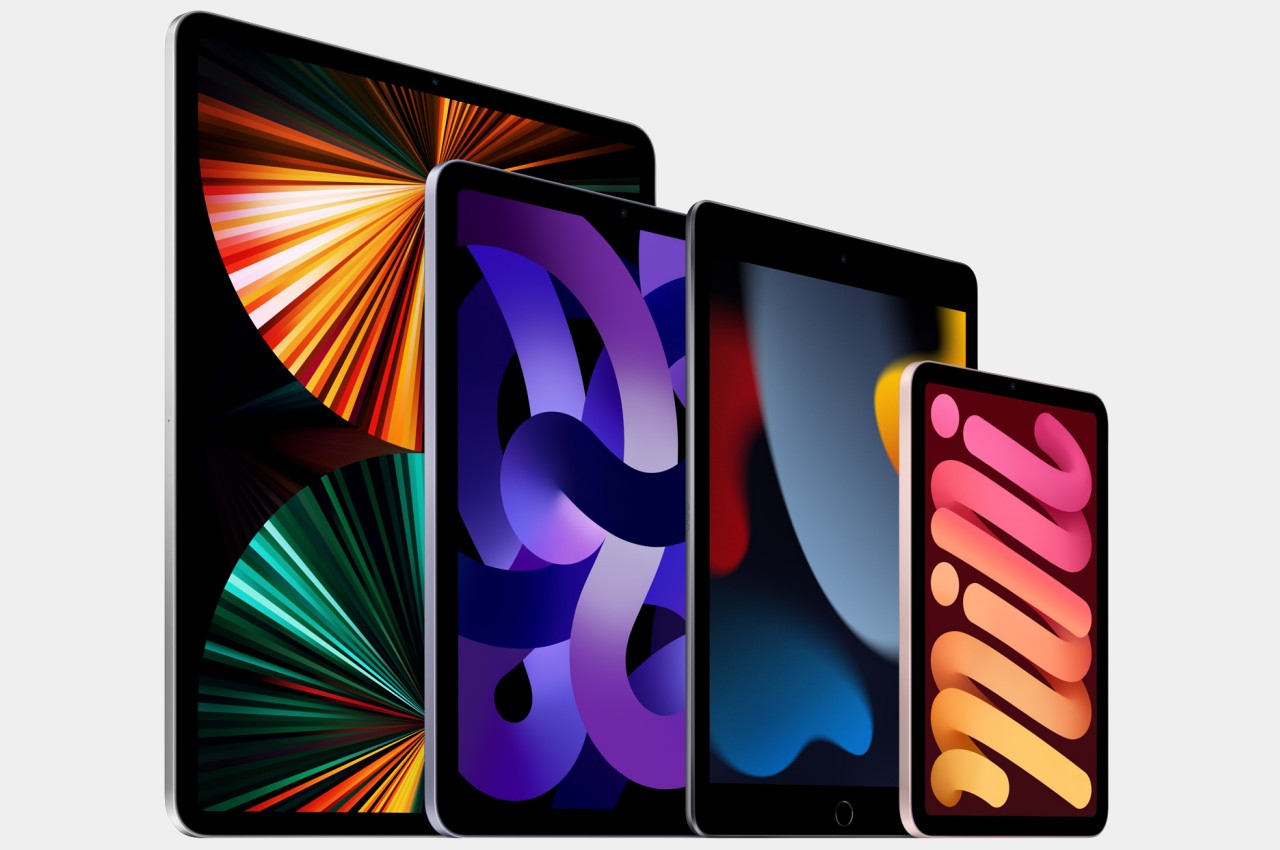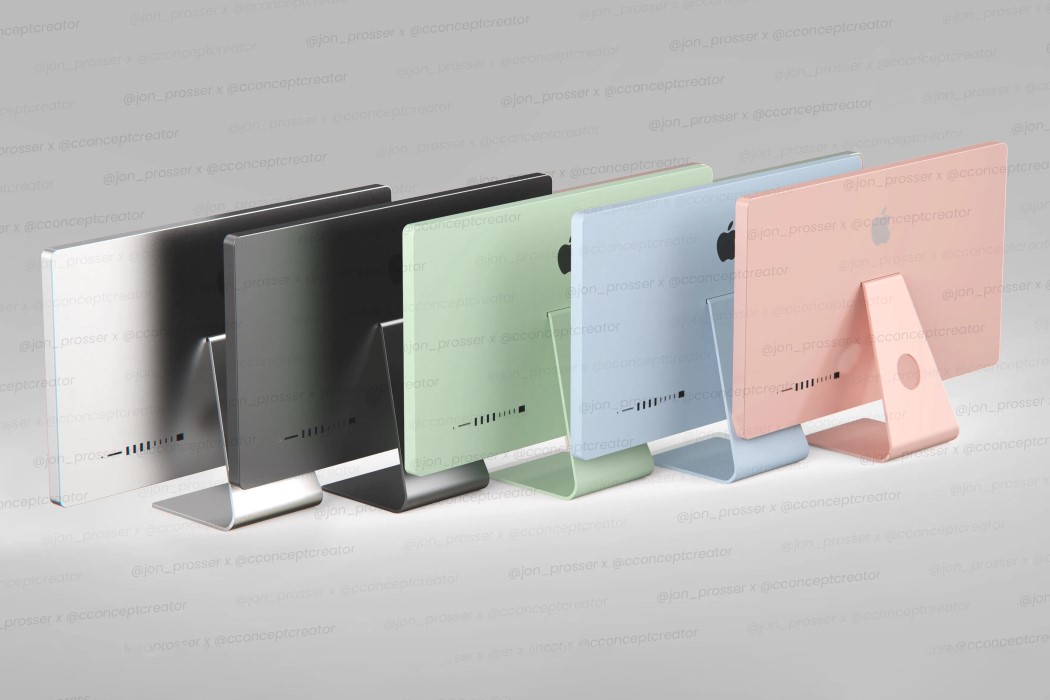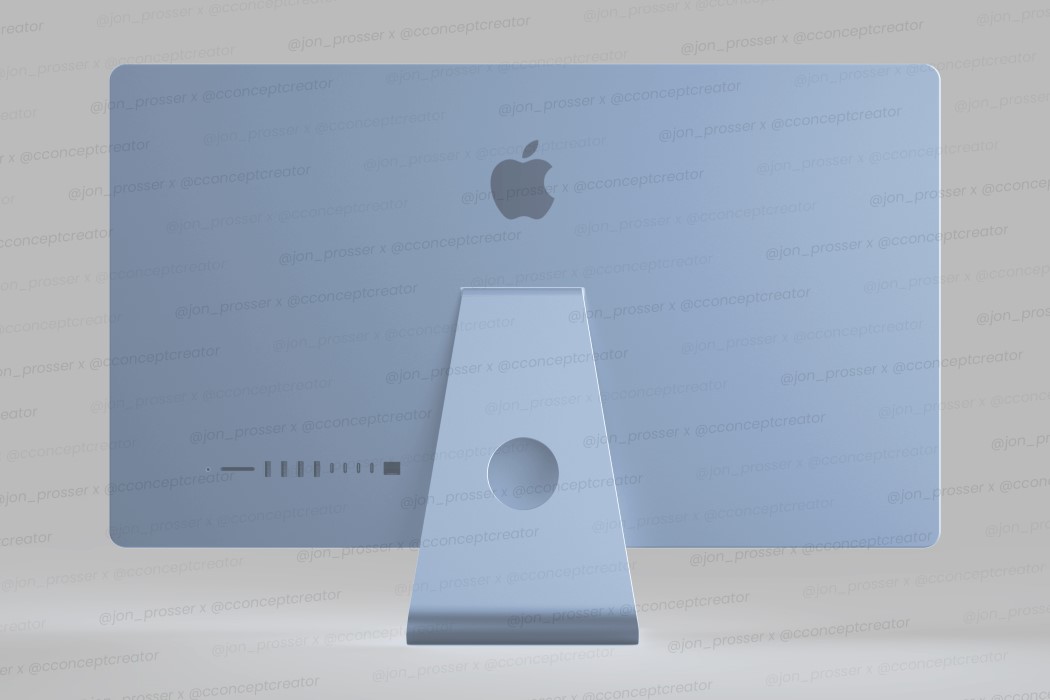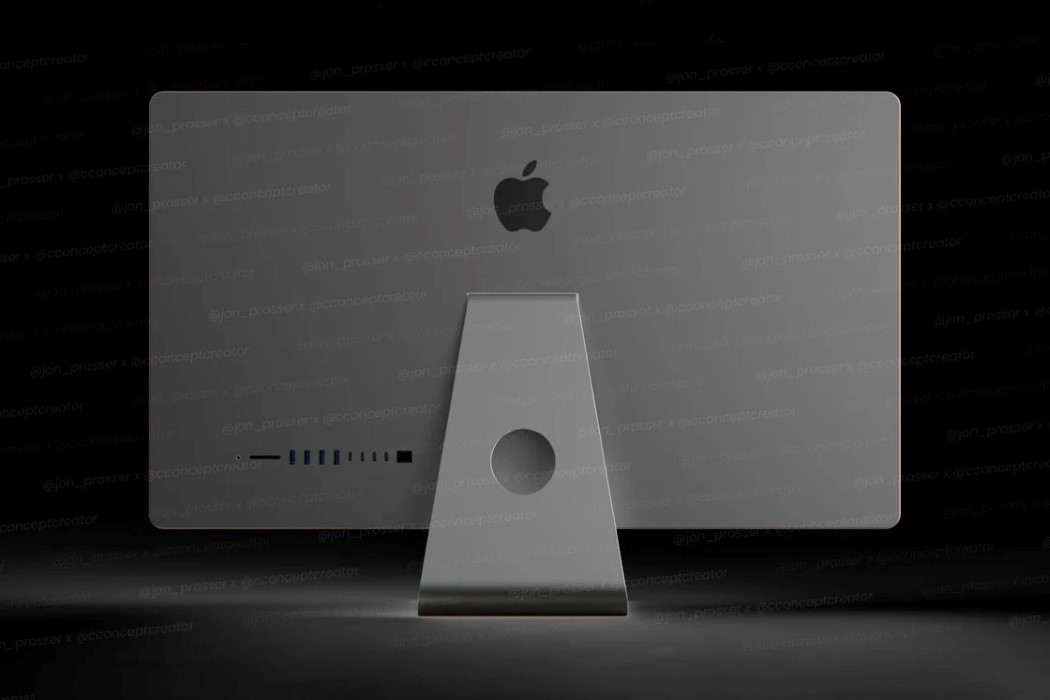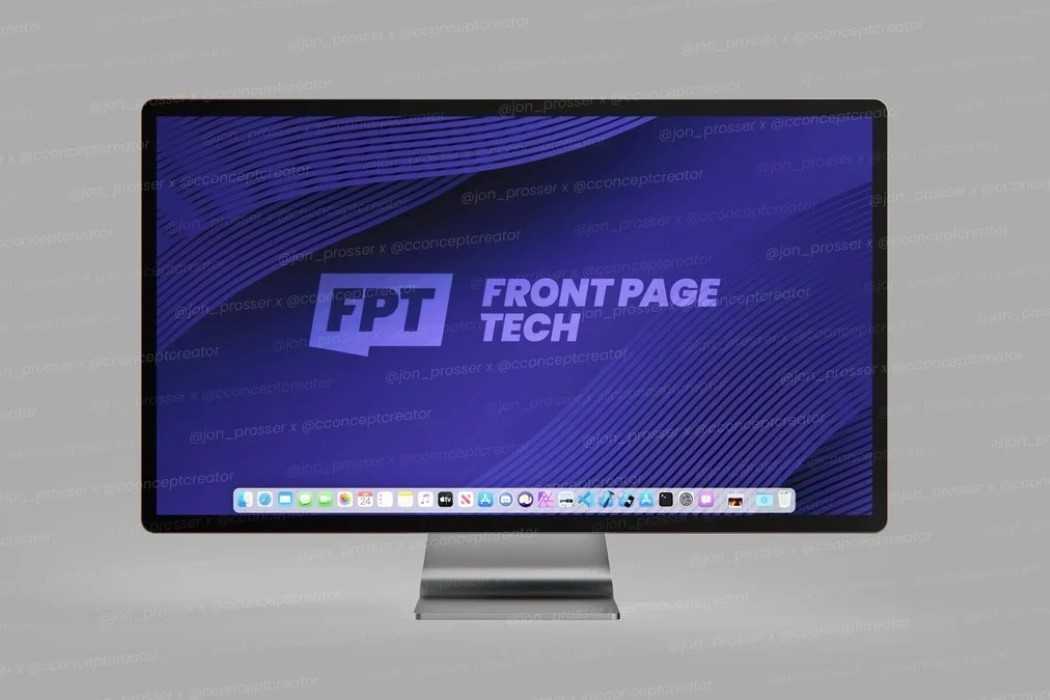I always say – leave the hardware to Apple and the accessories to third-party companies. Apple makes some great gadgets, but their accessories leave you wanting for more – whether it’s the breakable charging cables, the substandard MagSafe wallet for the iPhone, the FineWoven cases and straps that apparently look terrible after just weeks of use, or the iPad accessories that are a little too basic and overpriced. If you’re spending big bucks on a cutting-edge tablet, you deserve a great case that lets you use your iPad to the best of its abilities – that means A. being able to position/orient your iPad however you see fit, and B. having a built-in keyboard that lets you use your tablet to do everything from composing mails to running your business. ESR’s Magnetic Cases for the new iPad Pro and the iPad Air let you do just that, leveraging the tablet’s powerful M4 chipset (or the M2 for the Air) and its capabilities to the best possible limit. ESR’s Shift and Rebound cases are everything your iPad needs to function as a wonderful primary or secondary device. The Shift Magnetic Case lets you use your iPad as a powerful tablet, with the ability to dock your device at multiple angles, or even elevate it to eye-level thanks to a series of hidden magnets. The $98 Rebound Magnetic Keyboard Case 360, on the other hand, turns your iPad into a laptop for practically less than 1/3rd the price of Apple’s $349 Magic Keyboard. With a friction hinge and a built-in keyboard, the Rebound gives you a makeshift laptop that operates in both landscape and portrait modes.
Designer: ESR Team
Click Here to Buy Shift Magnetic Case: $48.59 $61.99 and Rebound Magnetic Case: $98.99 $119.99 (Use coupon code “YANKOIPAD10” to get an additional 10% off). Hurry, deal ends in 48-hours!
If you’re just looking for a hands-down great folio case for the iPad, the Shift Magnetic Case is an absolute no-brainer. Made from vegan leather, the case sports a microfiber inner that protects your iPad from scratches and bumps. Open the case and you can use it as is, or dock it in up to 9 separate angles thanks to the presence of not one, but two kickstands. An upper kickstand lets you dock your iPad Pro or Air at a lower incline, giving you an almost tablet PC-style experience that’s perfect for sketching, note-taking, editing, and doodling. A lower kickstand, however, props your iPad at a steeper incline, turning it into a front-facing screen for taking meetings, watching content, attending conference calls, or just using alongside your regular machine as a secondary screen. Ridges on the back of the folio cover let you adjust angles, giving you the ability to fine-tune your iPad’s placement to match your gaze. You can store your Apple Pencil in the Shift Magnetic Case either by snapping it to the side of your iPad (in the charging position), or tuck it into a bespoke pouch at the back.
The word Magnetic plays a key role in the Shift’s design, since it doesn’t attach physically around your iPad the way regular wraparound cases do. Instead, it comes with a magnetic backplate that lets you affix your iPad to the case in a matter of seconds, snapping it in place. This clever feature isn’t just for overall convenience, because the Shift Magnetic Case lets you attach your iPad to the case even in portrait mode, giving you a portrait stand in a way other stand cases for the iPad don’t. Moreover, you can magnetically attach your iPad at a height too, giving you a tablet case that’s more at an eye-level.
For someone who finds the iPad experience incomplete without a companion keyboard, the Rebound Magnetic Keyboard Case 360 lets you quite literally take a rebound from your existing laptop! MUCH more affordable than Apple’s own Magic Keyboard Case for the iPad Pro and Air, the Rebound Magnetic Case comes with a friction hinge that lets you adjust your iPad at any angle, while lifting it off the tabletop surface for better visibility. The case also packs a wireless keyboard that has a backlight like the one on Apple’s own Magic Keyboard for the iPad, along with a trackpad that quite literally brings the laptop experience to your portable tablet. Much like its sibling the Shift, the Rebound Magnetic Case boasts that satisfying magnetic attachment too, allowing you to snap your iPad in place both horizontally or vertically, depending on what you’re using the iPad for.
The Shift and Rebound Magnetic Cases are compatible with all 2024 iPad Air (M2) and Pro (M4) devices. That means they come in 2 sizes (for 11 and 13-inch models), and are designed to protect and elevate (both literally and metaphorically) your iPad experience to greater heights! The Shift Magnetic Case comes in 6 colors and starts at a price of $48.59, while the Rebound Magnetic Case offers 7 colors, has a 500mAh battery that runs the keyboard for up to 3 months, and is priced at $98.99.
Click Here to Buy Shift Magnetic Case: $48.59 $61.99 and Rebound Magnetic Case: $98.99 $119.99 (Use coupon code “YANKOIPAD10” to get an additional 10% off). Hurry, deal ends in 48-hours!
The post These Are The Best 2024 iPad Pro and iPad Air Cases You Can Buy Today first appeared on Yanko Design.
